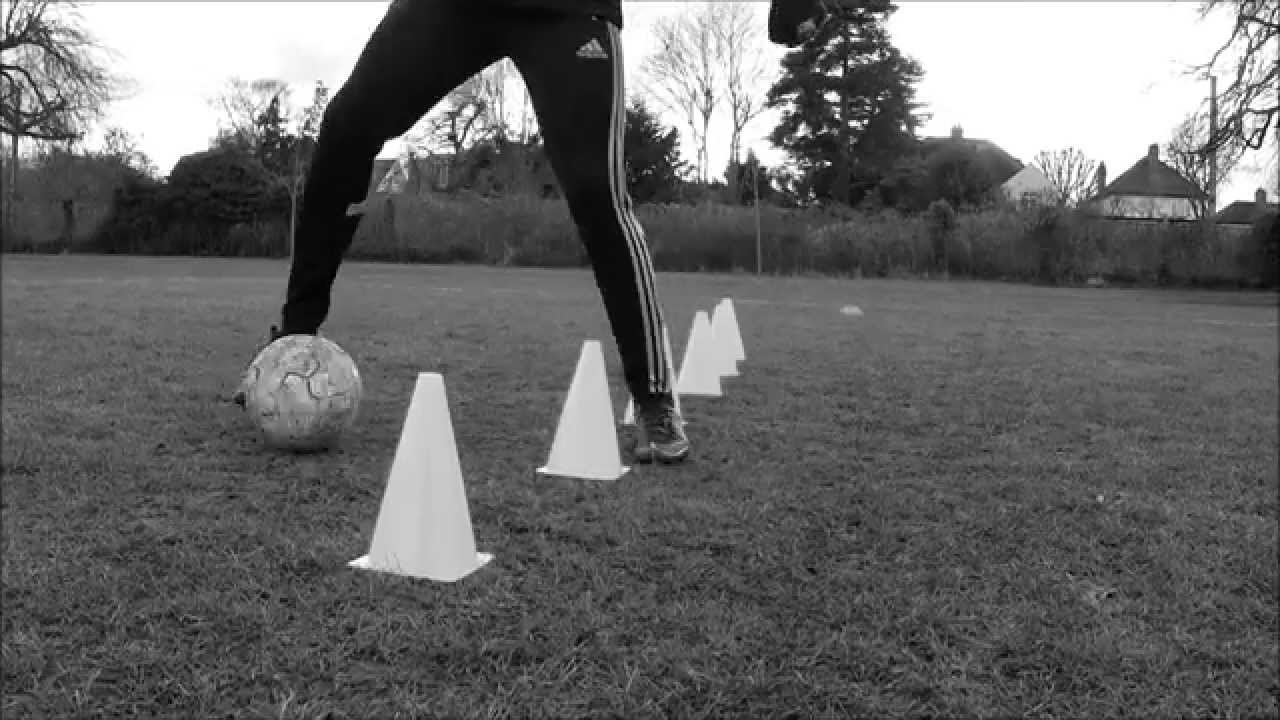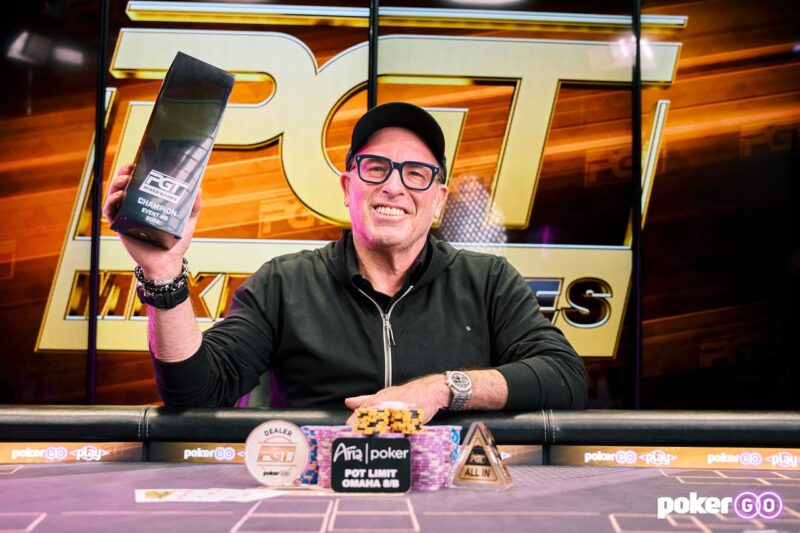My previous article made a case for using online sites to hone our poker skills. Online NL20 can help improve our $1/$2 cash game skills, and certain online tournaments can improve our live tournament performance. In this article, I’ll discuss some methods we can use to improve our tournament poker results.

“Practice is the best of all instructors.”
— Publilius Syrus
Practice with a Purpose
Now that we have a convenient place to practice, our next question should be: how can we practice effectively? After all, just repeating our mistakes over and over again won’t make us better players.Our goal should be to find our poker weaknesses and work on them. We can consider an online poker site as a place for poker experimentation where we can try out various ideas to see how they work. It’s also a place where we can get comfortable with strategies that currently make us nervous, such as becoming more aggressive if we’re currently too passive.
The following suggestions are just a few of the many ways we can use experimentation and practice to help our game.
Preflop Playing Ranges
We all need to understand our weaknesses. I, for example, tend to be a bit too tight, so I need to find ways to widen my playing range. Perhaps you’re too loose and need to add some discipline to your playing range.
A good way to accomplish such goals is to consult a starting hand chart while we play. You can use a chart from one of my books or you can develop your own.
The important thing is that you’ll know in advance what your baseline ranges are and, over time, they’ll eventually become second nature to you. Once established, you can experiment by adding or deleting various combos to see how they might impact your results.
Preflop Bet Sizing
Opponents will open-raise with a wide variety of bet sizes. The question is, is there an optimum open size? Modern tournament theory tends toward small bet sizing, so try making the smallest possible bet — 2 BBs — every time you want to open.
Don’t open-limp, just bet 2 BBs and see how well this works for you.
I’ve found that a small open tends to block most players from three-betting lightly; many will flat with fairly strong hands. When we are three-bet, we can base our response on our knowledge of the particular villain we’re facing, and our understanding that few villains will three-bet light.
We set the price-to-play with our min-open. This lower cost allows us to play with reduced preflop stress, allowing us to comfortably open with a wider range. It also reduces the cost of our flop c-bet, making that more comfortable for us.
We can also try auto-betting half-pot every time we want to raise. This is only slightly more expensive when opening (2.2 BBs, with no antes), but naturally adjusts to the presence of limpers. It also nicely accommodates the introduction of antes in later levels.
Once we get comfortable with this strategy, we can now experiment with betting larger when we have a big hand. Perhaps we increase this to ¾-pot when we have QQ+ or AK. Some pundits might criticize this as telegraphing our hand strength, but it will rarely be detected when we’re playing against unknown opponents. Also bear in mind that many hands rarely reach showdown and, therefore, won’t easily be connected to our bet sizing.
Widen Your Opening Range
Many of us are reluctant to open with some hands we might profitably be able to play. Some players prefer to limp-call while others simply fold. Refer to your starting hand chart and try opening with some hands you consider borderline, such as 2 2 or J♠ T♠ under-the-gun. When you get used to that, try adding some hands from the middle positions, such as K♠ T♠ and A♠ X♠.
Postflop Betting
C-bet bluffing is a very important postflop strategy to master. Try c-betting every heads-up flop, regardless of how well you flopped. Does flop texture seem to affect whether the villain calls or folds?
Try different bet sizes, ranging from 1/3-pot to pot-sized c-bets. Extend your experiment to three-handed flops.
Postflop Floating
Suppose a loose-aggressive villain opens to 2 BB in middle position and we’re on the button with a weak speculative hand, such as J♠ 8♠. Try calling the raise with the intention to float if he c-bets.
After all, a successful float doesn’t rely on the strength of our hand.
This ploy works best when Mr. Open plays a wide range. It also requires us to be heads-up on the flop, which is the most likely outcome from the button.
Floating also works best when Mr. Open has a smaller stack, which can induce overly cautious play once we call his c-bet.
This ploy is analogous to the famous example of Annette Obrestad’s playing and winning an online tournament while blocking the screen image of her playing cards. We can try the float whenever we find the right conditions, perhaps regardless of our starting hand.
Short Stacks and GTO Play
Just about every tourney eventually boils down to a decision about when to shove our short stack. This is a situation where it is crucial to know when we have a game theory optimal (GTO) shove. (See Chapter 11 of Tournament Poker for the Rest of Us for a full discussion about this.)
Having easy access to online poker tournaments is invaluable in helping to develop this skill, as we simply need to enter a low-cost tourney just before the late registration period ends. For example, the WSOP Noon $3 Rebuy tourney has late registration for 55 minutes.
With a starting stack of 4,000 chips and levels increasing every 10 minutes, we can enter during Level-6 with 50 BBs. Our starting stack will soon drop to 40 BBs in Level 7, 33 BBs in Level 8, and 25 BBs in Level 9. We could try a few “moves” during these levels, perhaps increasing our stack enough to cash. But if our stack decreases to less than 30 BBs, we can practice our short-stack endgame strategy.
One problem with this tourney is that the antes don’t kick in until Level-10 and this type of endgame practice is better applied when we’re playing with antes, which more closely mimics most short-stack situations in a normal tournament.
Perhaps a slightly better tourney is the 10:30 AM $5 Knockout with a 75-minute late-registration period. With a starting stack of 4,000 chips and levels increasing every 10 minutes, we can enter at the end of Level 7. Our starting stack would be 33 BBs during Level 8 and 25 BBs during Level 9, which is a good place to begin implementing our endgame strategy. Antes begin in Level 10.
Another useful practice tourney is the WSOP 1:15 PM $1 Rebuy, with a late-registration period of 60 minutes. With 2,500 starting chips and levels increasing every eight minutes, we can enter at the beginning of Level 8 with a 10 BB stack. This is a good opportunity to fine-tune our short-stack play without the complication of reckless players who intend to rebuy.
It’s important that our endgame practice occurs after the rebuy period is over or we won’t see normal responses to our strategic plays.
An attractive feature of this endgame practice technique is that we can avoid playing the first hour or so of these cheap tourneys, allowing us more practice time with a shorter overall time investment.
Conclusion
These are just a few examples of how we can use online poker to experiment with our game and to practice our skills until they become second nature. This frees up our brain-power to address the unique circumstances we inevitably find ourselves facing in our most important tournaments.


